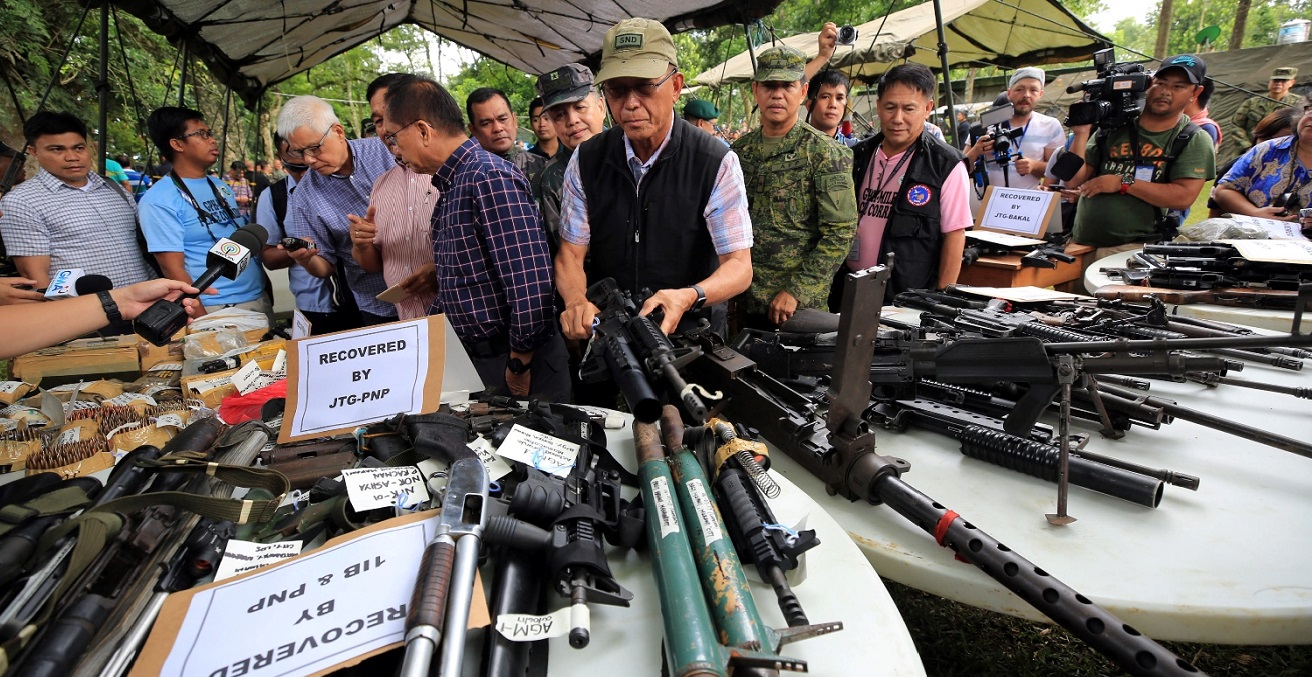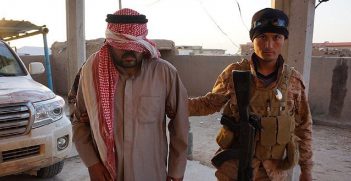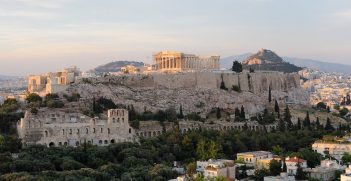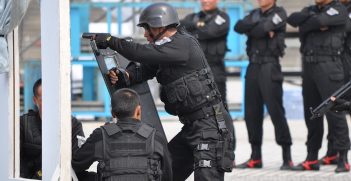Freedom for Marawi Provides Opportunity to Look Beyond the Last War

The battle for Marawi may be over, but it is clear that, beyond the rehabilitation of the city, there are major concerns to be resolved.
Last week, Philippine President Rodrigo Duterte finally declared the southern Philippine city of Marawi liberated after nearly five months of heavy fighting between militants linked to the Islamic State (IS) and security forces. The declaration came at a heavy price with more than 1,000 killed, including more than 800 terrorists. What prompted Duterte’s statement was the killing of Isnilon Hapilon, the so-called emir of IS-pledged militants in Southeast Asia, along with Omar Maute, the last surviving leader of the Maute Group (MG).
On the ground the fighting continued following Duterte’s declaration, albeit on a smaller scale, but the Philippine Defence Secretary Delfin Lorenzana said this week that combat operations had ended after more than 40 terrorist stragglers were found and killed in the main battle area.
Manila has yet to issue a definite deadline to allow civilians back into the city. The rehabilitation of the city appears to be the priority at this point. The PHP$100 billion (AUD$2.4 billion) cost to rebuild Marawi will likely be beyond the means of the Philippine government. Foreign assistance from aid agencies or through soft loans will be needed to cover the shortfall.
For the Armed Forces of the Philippines (AFP), the battle for Marawi was a rude awakening to the challenges of urban conflict. The fighting surpassed prior incidents of urban combat in the Philippines, and nearly wiped out the operational funds and ammunition stockpiles of the AFP. The MG’s will to fight was probably the biggest surprise for the military, who are used to guerrilla-style hit-and-run attacks against unwary units. Rather than withdrawing, the terrorists hunkered down and fought the military room-to-room and house-to-house.
Marawi was the perfect stage for a protracted urban conflict. Even before the Maute clan or even IS rose to prominence, Marawi’s built environment had been primed for urban warfare. Decades of clan conflict or ‘rido’ incentivised residents to build fortified houses. Compared to other Philippine cities, houses in Marawi are built with reinforced walls, with material colloquialy known as ‘buhos’ or poured concrete. It is also not uncommon for Marawi homes to have arms caches prized as heirlooms. So when the fighting began on 23 May 2017, the MG and its allies had an endless supply of ammunition and weapons, along with fighting positions.
The MG was also able to learn from prior skirmishes with the military (in Butig township, south of Marawi) and procure new capabilities. For instance, the MG was first among many non-state armed groups in the Philippines to use commercial off-the-shelf (COTS) drones to spot troop concentrations and provide early warning of incoming raiding forces. The MG also fashioned improvised explosive devices (IEDs) from looted locations. Cooking gas cylinders were turned into firebombs while rolls of coins from banks were used as shrapnel.
In such a challenging environment, the AFP’s emphasis on human intelligence was inadequate to provide sufficient intelligence, surveillance, and reconnaissance (ISR) coverage. Like the MG, the AFP was compelled to use COTS drones to provide aerial imagery. It was through foreign military assistance that the AFP was able to cover its ISR requirements.
Early into the fighting, allied militaries immediately deployed assets into Mindanao. American special operations forces (SOF) that had had prior stints in central Mindanao were on hand to provide intelligence to AFP forces using handheld drones. This deployment was subsequently complemented by the deployment of P-3 Orion aircraft.
Australia also deployed its own AP-3 Orions to provide ISR support. It was part of a larger commitment by Canberra to provide counter terrorism assistance to the Philippine military. Like the United States, Australia is one of two countries who have inked a Visiting Forces Agreement (VFA) with Manila. This agreement paves the way for enhanced cooperation in the conduct of humanitarian and disaster response operations, counter terrorism, border security and maritime security.
Prior to Marawi, Australia-Philippines military cooperation had focused on small unit training. Exercises Dawn Caracha and Dusk Caracha, held on Philippine and Australian soil respectively, provide opportunities for cross-training between the SOF units of both nations. It is expected that future iterations of the Caracha exercises will expand and focus on urban warfare and ISR techniques. The hard-learned lessons from the battle for Marawi may be of great interest to Australian SOF and other expeditionary forces, considering the increasingly urban context of counter terrorism.
In spite of Duterte’s anti-Western posturing, Philippine security forces are cognisant of the utility of maintaining ties with established allies. Duterte’s capricious tendency to falsely attribute tactical successes to newfound partnerships, such as those with China, does not align with the prevailing sentiment among troops. Rather than a reboot, continuity is the likely trajectory of military cooperation between the Philippines and its traditional Western allies.
The battle for Marawi may be over, but it is clear that beyond the rehabilitation of the city, there are other major concerns to be resolved. Institutional memory in the Philippine armed forces is often neglected due to the unrelenting pace of operations to confront multiple threat groups. Allies such as Australia are well-positioned to assist the AFP to break through its penchant of ‘fighting the last war’. Failure to adapt to the changing nature of violent extremism not only poses grave threats to the Philippines but also to the wider region.
Joseph Franco is a research fellow with the Centre of Excellence for National Security at the S. Rajaratnam School of International Studies (RSIS) at Nanyang Technological University, Singapore. He previously worked for the Chief of Staff, Armed Forces of the Philippines.
This article is published under a Creative Commons Licence and may be republished with attribution.





